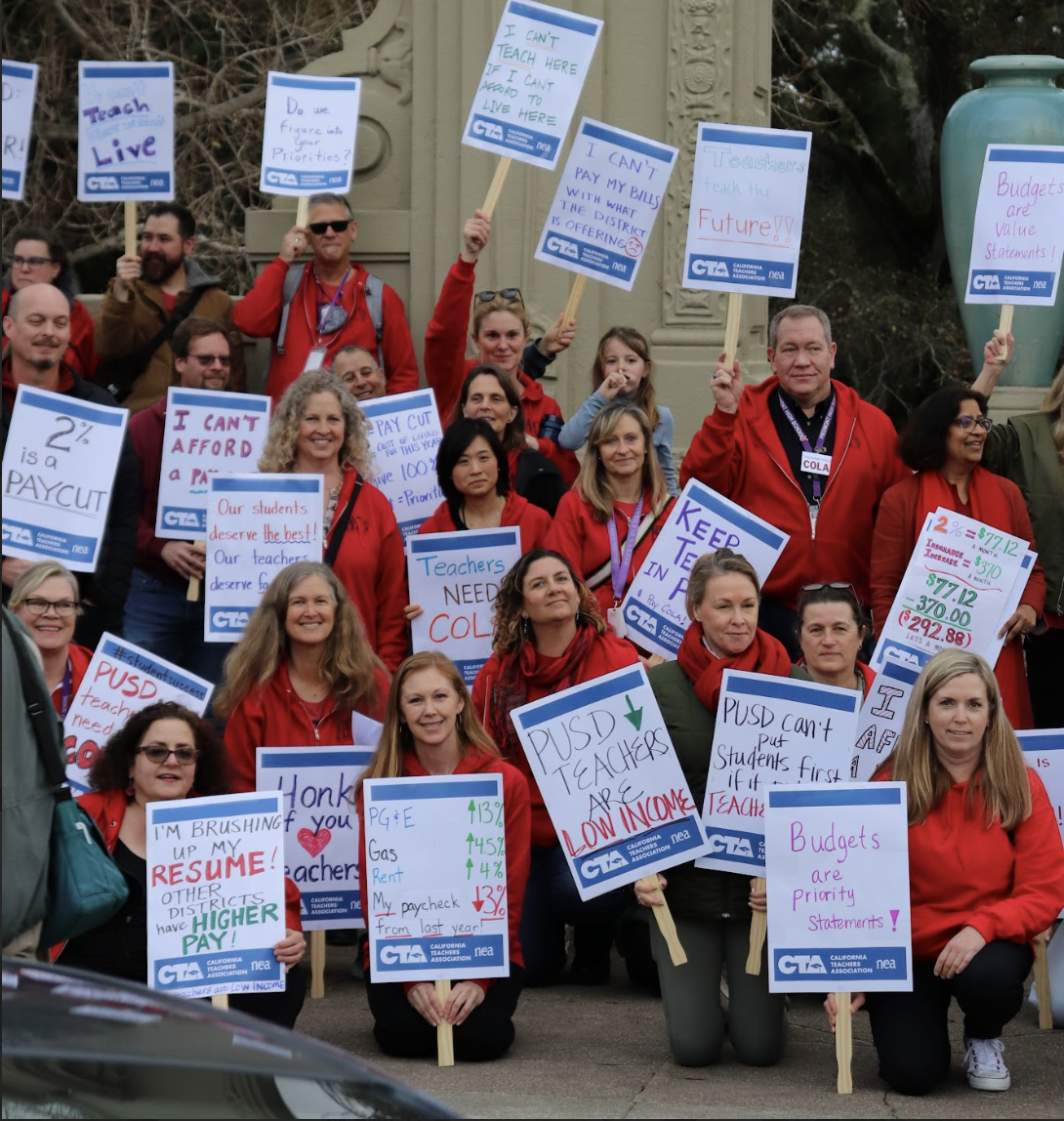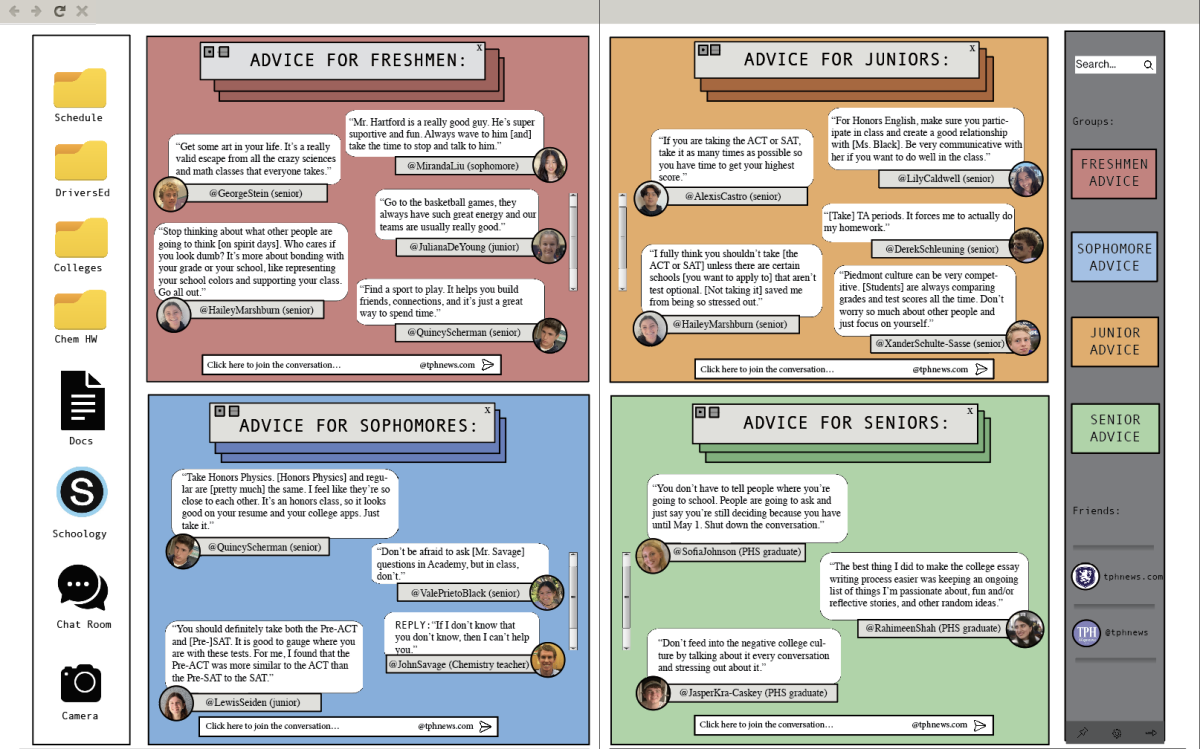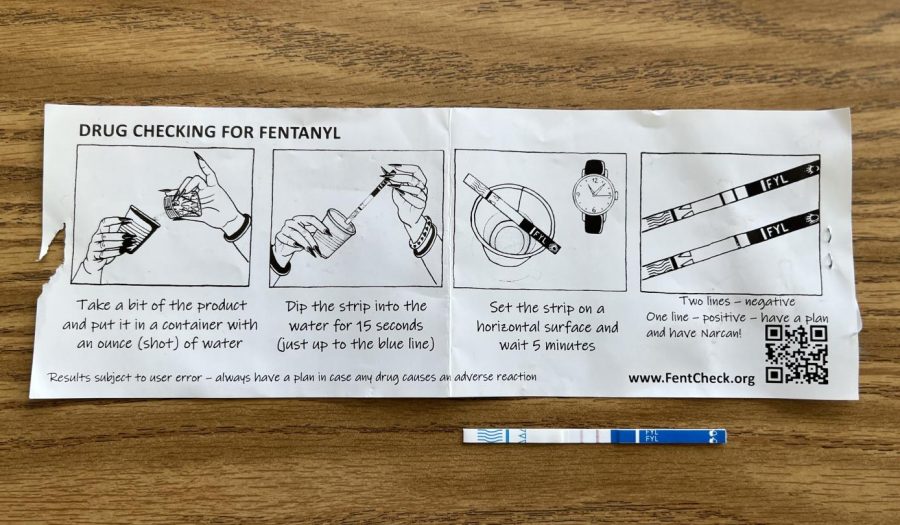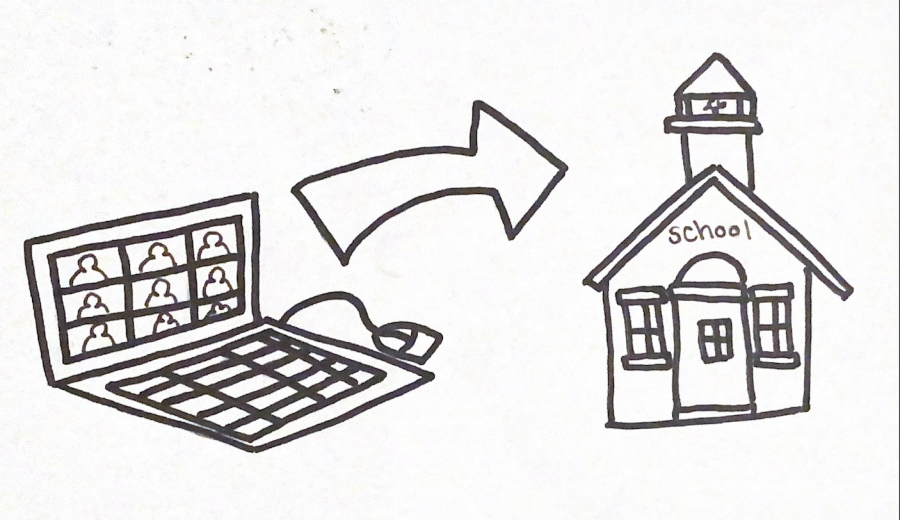In every sex education course I was required to take, I saw the same disgusting photos of STIs, and I heard the same warnings of pregnancy. Yet in all those classes, there was fundamental knowledge missing, and that was of consent.
Piedmont High School community is lucky to have the Consent Assembly, but there is still so much confusion and so many questions surrounding the topic of consent. We can only begin to answer these questions if conversations are started and encouraged.
We need to move away from conventional ideas surrounding sexual assault and rape.  Sexual assault does not always involve strange men lurking in dark alleyways with guns or knives ready, watching and waiting for someone to come into their trap.
Sexual assault does not always involve strange men lurking in dark alleyways with guns or knives ready, watching and waiting for someone to come into their trap.
Alternatively, people tend to believe that those who consider themselves rape victims simply wake up and regret the encounter. In reality, it can take a victim any amount of time, from days to years, to realize that the perpetrator was using them.
There is a very large difference between bad consensual sex and rape, but it is not always obvious to those who are not directly involved.
So how are things going to change around our culture and consent? The first step is to start having conversations about consent early in life.
This can seem overwhelming because the word “consent” usually connects to sex, and people do not like exposing young children to sex.
But there are lots of ways to have a completely G-rated conversation about consent. It could be something as simple as letting the child decide what vegetables to have with dinner: carrots, peas, or squash? Asking the child to make choices about their body based on what makes them comfortable is talking about consent without even using the word.
If you are older, think about what you personally are and are not okay with, sexually or just in your everyday life. Practice saying yes to the things you want, listen to yourself when something makes you unfortable, and do not be afraid to say no to those things that you do not want to do.
If you are sexually active, talk about consent with your partners, verbally. Sexual consent research shows that consent is often given nonverbally. The most common way people report giving consent is by not resisting advances. By letting their partner kiss or touch them, letting clothing be removed, and by not objecting, sexual partners demonstrate consent. Rather than opting into the situation, they are consenting by not opting out.
This is the sexual script of our culture, and it is often thought that asking for consent will “kill the moment.” But asking your partner for their consent does not set you up for rejection, nor does it take the appeal out of the moment. They may decline the offer of sex, but your partner will be glad that you respected their right to make decisions relating to their body.
Figuring out how to give consent can seem overwhelming or feel as though it is tricky map to navigate. The compass to this map is communication. Take time to talk with those around you, and with yourself on what you want, what you are curious about, and what you know you firmly do not want. Embrace the definition that “consent is not the absence of a no, but it is the presence of a yes.”











































